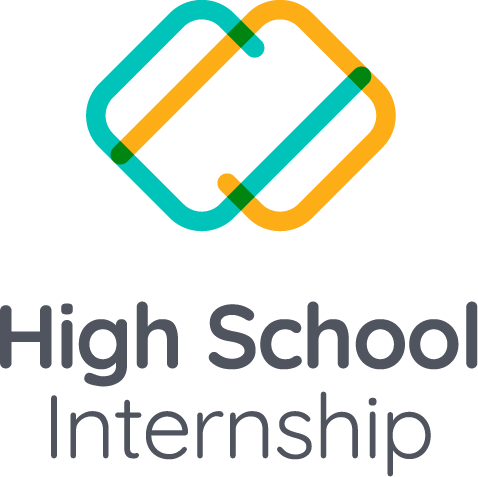With the ever-changing and growing challenges in our communities, we are put in a position to get creative and adapt to new ways to approach and facilitate learning for our students – how do we get students engaged and curious? Curriculum relevance may be the answer.
Why?
A relevant and customized curriculum to serve your students in their communities and heritage is an opportunity to create equitable learning. Curriculum relevance is when teachers plan and design student learning so that the learning resources and lessons are contextualized and enriched with applicable and appropriate examples, usually drawn from their local community or current happenings around the students’ lives. By doing so, we can increase students’ engagement as they can see how it is relevant and connected to their immediate community; when learning new concepts and skills, students will also have a sense of familiarity to create a safe learning environment. When teachers can help answer “why are we learning this?” students are more engaged, and teachers can be more effective in the classroom.
What are the other benefits?
Customizing the curriculum also makes planning and access to resources much easier as you may collaborate or have students reach out to their local community for learning and research. A curriculum that allows flexible customization allows the structure to adapt to various class sizes and assessment approaches easily.
How?
Similar to localization for other types of content, teachers can consider replacing or including local examples. A simple example is when teaching students about digital citizenship and social media, rather than utilizing default examples from resources such as Common Sense, consider incorporating popular local social media accounts and local examples to support student interest and relevance.


